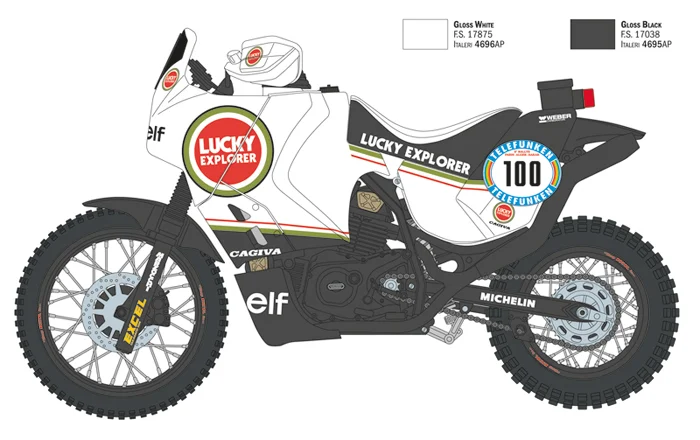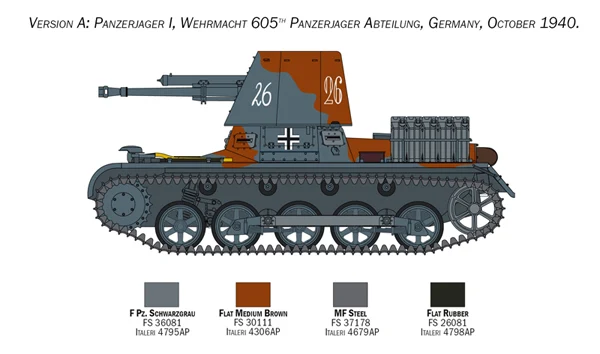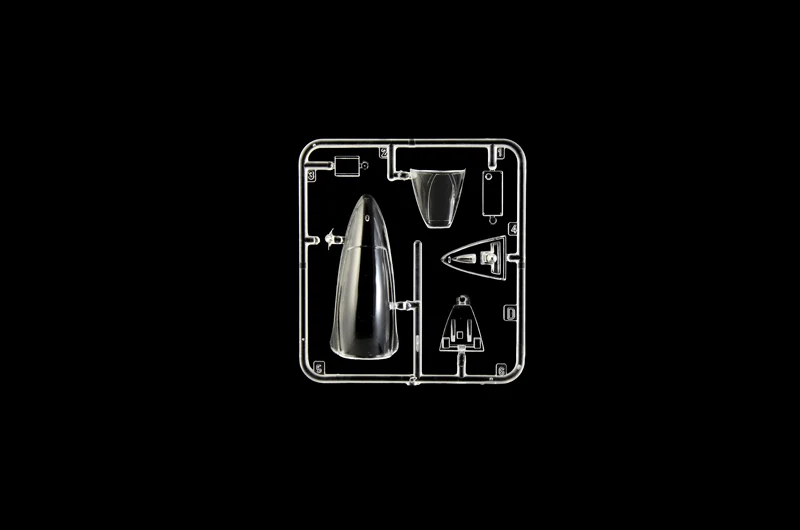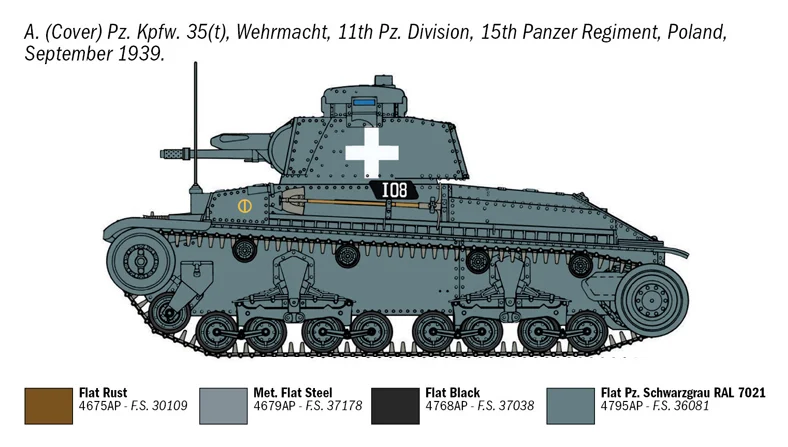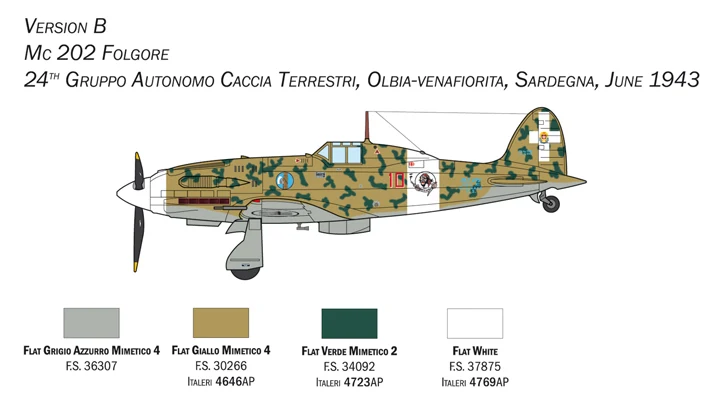Italeri has given us news of their five releases of March - two kites, a big dirt bike on the road to Dakkar and two tiny tanks in two scales. We have art, decals, colour choices and sprue pictures of all three kits in our preview...
Cagiva Elephant 850 Paris-Dakar 1987
Kit No #4643
1/9th Scale
Model Dim.: 23,8 cm
Kit includes: Colour Instruction Sheet - Rubber Parts - Screws, Springs And Rubber Tubes
The Cagiva Elefant was introduced in the early 1980s as an enduro motorcycle characterized by small to medium displacement engines. Following the acquisition of Ducati by Caviga, commercial production gradually evolved to incorporate the more powerful high-performance twin-cylinder engine from 1985 onwards. The Cagiva Elefant competed against both German and Japanese motorcycles in the prestigious 1987 Paris-Dakar ‘off-road’ rally.
Colours/markings included in this kit...
The decals in this set
The bike was characterized by its distinctive large fairing which covered the steel tube and light alloy trellis frame. The air-cooled twin-cylinder engine provided 80 HP at 8500 rpm and allowed the Italian bike to reach a maximum off-road speed of 185 km / h. The bike design reflected a "typical" Saharan configuration, with protective fairing, Ohlins off-road shock absorbers and low front fender.
The competed kit...
Panzerjäger I
Kit No #6577
1/35th scale
Model Dim.: 12,6 cm
The self-propelled Panzerjager I tank destroyer was built on the hull of the Panzer I light tank and armed with an effective weapon of the period, the 47mm Czechoslovakian anti-tank gun. The Panzer I tank had in fact a protection and armament capability no longer in keeping with the operational needs of the German armoured divisions. However, it had good mobility and a robust chassis which was ideal for the positioning of the anti-tank gun, which was sited behind an open steel shield.
The decals and four marking choices of this kit are:
The decals:
The Panzerjager I was deployed by the Wehrmacht during the invasion of France, in North Africa and in the early stages of Operation Barbarossa in 1941. It held a good ammunition supply, with over 70 rounds available for gunners. It was systematically replaced during the war by more heavily armoured tank destroyers, better equipped to deal with modern tank armour against which the 47 mm gun proved to be ineffective.
This kit features: New Glueable Rubber Tracks - Decals For 4 Versions - Color Instructions Sheet - Photo-etched Fret - 1 Figure

North American FJ-2/3 Fury
Kit no #2811
1/48th scale
Model Dim.: 23,9 cm
The development of the North American FJ-2 Fury was the result of a request from the United States Navy and the United States Marine Corps for the provision of a carrier-capable version of the F-86 Sabre swept-wing fighter. The carrier-capable aircraft of the period still used a straight-wing design which made them inferior to the feared Soviet swept-wing Mig-15, which was extremely manoeuvrable and with a high operational capability. Production of the Fury began in 1952 with the required structural changes for take-off and landing on aircraft carriers.
Four marking choices included in this boxing
The decals that come with the kit
To maximise on-board carrier space the plane utilised folding wings, had a longer nose and reinforced landing gear. Thanks to its General Electric J47 jet engine, the Fury demonstrated good flight performance and a top speed of 1,086 km / h. It was armed with 4 Colt Mk 12 guns installed in the nose. The subsequent version, the North American FJ-3, was equipped with a new engine and provided even better operational performance.
This kit features: Super Decal Sheet For 4 Versions & Color Instructions Sheet
Pz. Kpfw. 35(t)
Kit number #7084
1/72nd scale
The Czechoslovakian LT vz.35 light tank was designed and manufactured during the 1930s. Armed with two machine guns and a 37mm gun it was, for the period, a reliable and effective tank. It was also fast across all types of terrain and had a high degree of self-sufficiency. It was designated with the new name Panzerkampfwagen 35 (t), where the letter “t” indicated Czechoslovakian production. The German Wehrmacht used a large number of Panzerkampfwagen in the Panzerwaffe. The marking choices included in this kit
The decal sheet included in the box
It actively participated in both the Polish and French campaigns and in the early stages of “Operation Barbarossa”.However, from 1941 onwards the light tank becomes obsolete and was subsequently used in support or recon roles, or indeed sold to Axis allies such as Bulgaria and Romania.
The parts in the kit
Two photos of the completed kit from Italeri
The introduction of the Macchi MC 202 Folgore was a significant development for the fighter squadrons of the Italian Regia Aeronautica. Stylishly designed from an aerodynamical perspective, it was fitted with the powerful German DB 601 engine produced under license by the Italian aeronautical industry. The engine and overall aeronautical performance of the aircraft provided the Regia Aeronautica with a fighter capable of actively engaging Allied fighters.
Marking choices in this kit
The decal sheet included in the box
The flight performance compared to the previous generation of fighters equipped with radial engines, such as the Fiat G-50 and the Macchi Mc-200, was in fact much better. Manoeuvrable and fast (it was able to reach 600 km h), it was armed, in the early versions, with two 12.7 mm Breda-SAFAT machine guns installed in the nose. Only in later versions were the armaments improved with additional machine-guns installed in the wings.
The parts of the kit
These new kits are now for sale from Italeri directly from their website or from their distributors worldwide.







